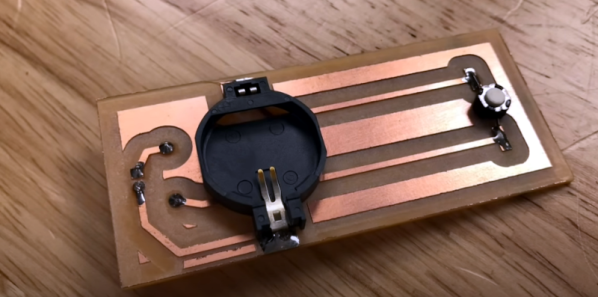If you do FDM 3D printing, you know one of the biggest problems is sensing the bed. Nearly all printers have some kind of bed probing now, and it makes printing much easier, but there are many different schemes for figuring out where the bed is relative to the head. [ModBot] had a Voron with a clicky probe but wanted to reclaim the space it used for other purposes. In the video, also linked below, he reviews the E3D PZ probe which is a piezoelectric washer, and the associated electronics to sense your nozzle crashing into your print bed.
There are many options, and it seems like each has its pros and cons. We do like solutions that actually figure out where the tip is so you don’t have to mess with offsets as you do with probes that measure from a probe tip instead of the print head.















